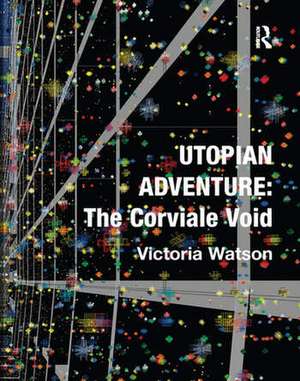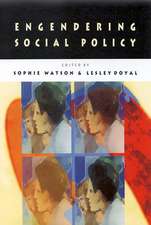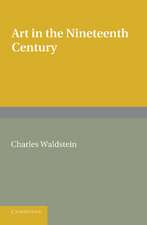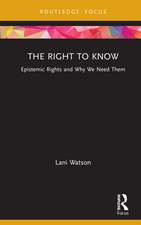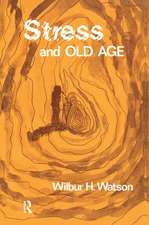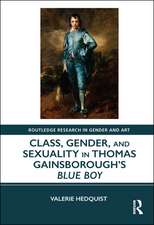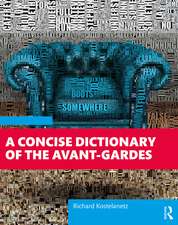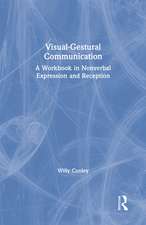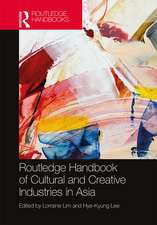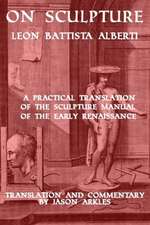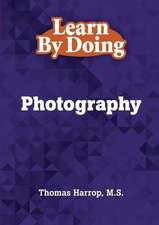Utopian Adventure: The Corviale Void
Autor Victoria Watsonen Limba Engleză Paperback – 19 oct 2016
Preț: 333.88 lei
Preț vechi: 399.61 lei
-16% Nou
Puncte Express: 501
Preț estimativ în valută:
63.91€ • 69.44$ • 53.72£
63.91€ • 69.44$ • 53.72£
Carte tipărită la comandă
Livrare economică 21 aprilie-05 mai
Preluare comenzi: 021 569.72.76
Specificații
ISBN-13: 9781138254503
ISBN-10: 1138254509
Pagini: 136
Dimensiuni: 174 x 246 mm
Greutate: 0.24 kg
Ediția:1
Editura: Taylor & Francis
Colecția Routledge
Locul publicării:Oxford, United Kingdom
ISBN-10: 1138254509
Pagini: 136
Dimensiuni: 174 x 246 mm
Greutate: 0.24 kg
Ediția:1
Editura: Taylor & Francis
Colecția Routledge
Locul publicării:Oxford, United Kingdom
Cuprins
Contents: Introduction; The origins of architecture; The origins of air grid; The origins of urban design; Architecture and non-sense; The Corviale void; Index.
Notă biografică
Dr Victoria Watson, Architect of The Big Air World and Senior Lecturer in Architecture at The University of Westminster, UK
Recenzii
'A flight into the poetics of gossamer, the metaphysics of optics, and the most imaginative reaches of architectural thought, Victoria Watson's book is indeed a utopian adventure, leading the reader on an exhilarating excursion into a project of late-modern Italian urbanism, on the wings of robot beetles.' Joan Ockman, Columbia University, USA ’What to do with unloved public housing projects is a perennial source of controversy and debate. Those assertive, post-War concrete giants prompt apoplexy throughout much of middle England, with dynamite and wrecking balls often the preferred solution. In the final chapter of a new book, architect and historian Victoria Watson proposes an extraordinary use for the defining feature of a grim Italian estate - fill it with millions of robot beetles.’ The Telegraph 'Watson’s adventure links the thinking of a series of artists, architects and philosophers in a fascinating, mind-bending trip. Side-stepping the usual debates over utopian mid-century architecture [...] her text opens questions about the role of the aesthetic and the monumental in the city, challenging materialist and economically rationalist ideas of city making.' LSE Review of Books
Descriere
This unique book is about contemporary issues in architecture and urbanism, taking the form of a project for The Corviale Void, a one kilometre long strip of urban space, immured in the notorious Corviale housing development in Rome. It begins with one of the original theorists of modern urbanisation and architecture, Giovanni Battista Piranesi, looking into his fascination with the insides of walls, and on the other hand explores a new material form, The Air Grid, which like the forms appearing in Piranesi's etchings, is made from a kind of hatching, but it is hatched out of colour vectors, literally drawn into the air.
